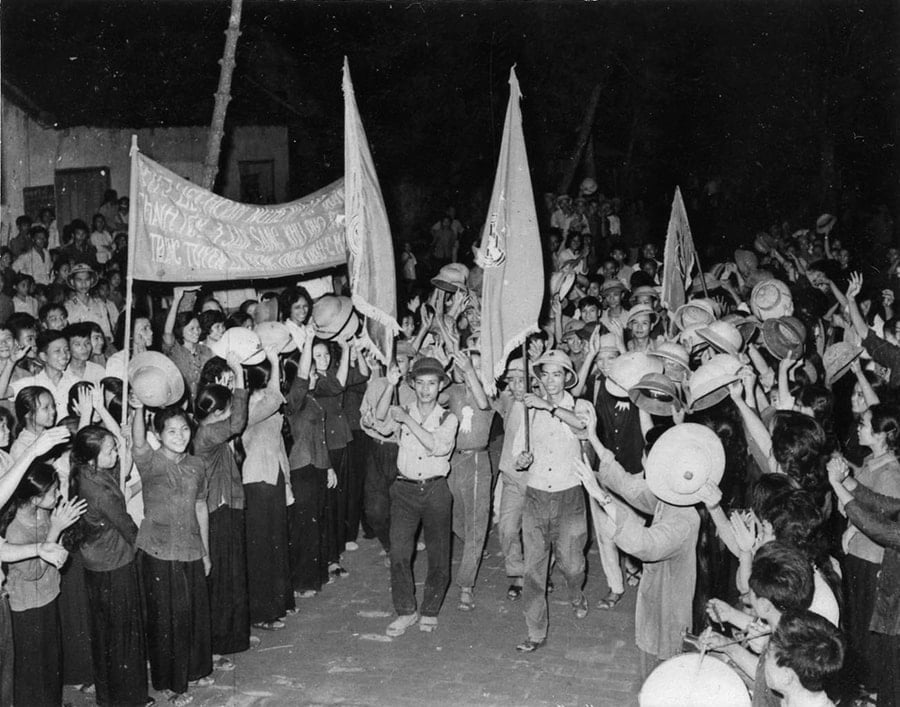
Lesson 1: All for the front line
50 years ago, with the General Offensive and Uprising in the Spring of 1975, the Vietnamese people successfully ended the resistance war against the US to save the country; completed the cause of liberating the South and unifying the country. That victory stemmed from many factors, among which, Hanoi's material contribution to the nation's total victory was of great significance.
Great material contributions
Since the US imperialists carried out the strategy of "Vietnamization of the war", putting the Vietnamese people's resistance war against the US and national salvation in front of the most severe challenges, from the beginning of 1969, responding to the large-scale transport of goods to support the South (VT5 Campaign) of the whole country, Hanoi built more than 400 warehouses, mobilized tens of thousands of militia, self-defense forces and people to load and store goods, and hundreds of cars to participate in this campaign. Together with the main force of the Ministry of Transport , more than 100 Hanoi trucks transported goods to Military Region 4 in batches. The Capital Command coordinated with other sectors to mobilize all civil and military forces to repair and restore bridges, roads, and wharves to meet the increasing transportation requirements, especially on the railway and road routes to the South.
At this time, Long Bien Bridge and Duong Bridge were repaired, trains and trucks loaded with weapons, military equipment and goods departed from Hanoi, day and night bustling to the South to serve the troops on the front line. "All for the beloved South" was not only a common slogan of encouragement, but had truly become the action of each person in the rear. The Hanoi workers always upheld the spirit of "The heart can stop beating, the machine cannot stop running".
Luong Yen and Mai Dong mechanical factories, the van manufacturing factory, and the 8-3 textile factory organized the production of steel helmets, grenade shells, hoes, shovels, daggers, towels, and bucket hats for the liberation army. All factories had a movement to voluntarily work overtime, increase shifts, and increase products to supply goods to the battlefield. Workers at the Hanoi Locomotive Section Factory continuously made achievements in transporting goods and ensuring traffic to the front line. Hanoi people, cadres, and workers at the Pharmaceutical Factory II competed in producing medicine to send to the front line and as gifts to compatriots and soldiers in the South.
With the spirit of dividing rice into three parts, one part for themselves, two parts for socialism and the front line, Hanoi farmers enthusiastically competed in labor production with the spirit of "the field is the battlefield", and the posture of "one hand plowing, one hand shooting". Typical of that contribution are Hanoi female farmers, when their husbands went to the battlefield, the women stayed at home to take charge of production, persistently plowing, bravely determined to defeat the enemy right on the production front. The rice sent to the battlefield was the rice of the diligent women, the rice deeply imbued with the affection, sweat and blood of the women in the rear.
Concentrate all efforts to support the front line
Since early 1973, in response to the great and stressful demand for transportation to serve the life and production of the city's people, the Capital Transport Industry has assigned 3 transport companies (Commercial Transport Company, Construction Transport Company and Cargo Transport Company) to undertake the task of transporting goods to support Quang Tri. The Capital Transport Industry also presented the people of Quang Tri with a passenger ship - a new product of the Capital Transport Industry.
The Resolution of the 6th City Party Congress in April 1974 clearly defined the tasks of the Capital: “Regularly heighten revolutionary vigilance, be ready to deal with all developments, strive to build local military forces, and contribute to strengthening national defense. Fulfill our obligations to the South, and contribute to completing the national democratic revolution in the South”[1].
Along with the North, Hanoi has focused on doing its utmost to support the frontline. Most of the economic, cultural and social sectors of the capital have actively contributed to the task of supporting the battlefield.
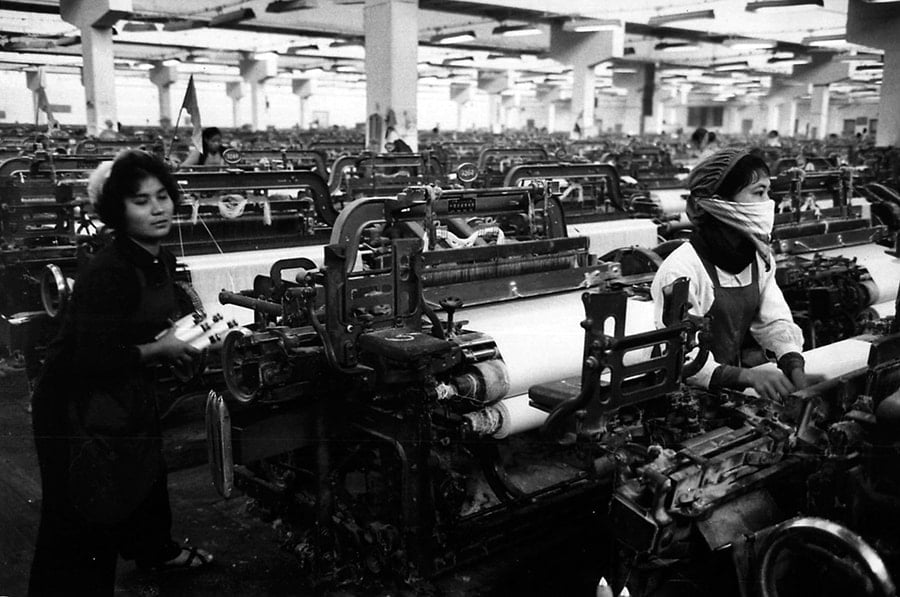
Many central and local factories and enterprises continued to carry out plans to produce many spare parts for means of transport. The consolidation of the capital's transportation system to increase the transport force through the transfer station, bringing more goods and equipment to the battlefield was of great significance. The system of factories, enterprises and cooperatives producing military uniforms for the army still ensured adequate and timely supply plans. In the context of maintaining production in the evacuation area while gradually moving to the city, the assigned targets were high, the deadline was urgent, and the plan was still completed on time. In 1974, the demand for mobilizing human resources for the construction and economic recovery of the city was very high, but the military recruitment target of the capital still reached 101.4% [2].
As a person who lived in that important moment, Colonel Nguyen Huy Phuong, former Vice President of the Hanoi Veterans Association, recalled: In 1967, responding to the movement for the beloved South, although I was a student at the Water Resources High School of Ha Tay province (formerly), I left my hometown Nghiem Xuyen (Thuong Tin district), "put down my pen and went to fight". He was trained thoroughly and became a special forces soldier of the 429 Special Forces Group, participating in the battle on the Southeast battlefield. That day, he set out with the belief of contributing his strength to repel the American invaders, without any hesitation or consideration.
Due to the increasing demand for battlefield support, from 1965 to 1975, Ha Tay province (old) sent 173,972 young men to fight on the battlefields of the South and Laos. 50 years have passed, but when recalling those "hard but heroic" days, veteran Dong Thi Mai, a former soldier of the Trung Trac Battalion who participated in the battle and served in the Truong Son Front under Group 559, still has not forgotten the volunteer application for military service written in blood pricked on her fingertip with the earnest words "let me go to the battlefield to fight with a gun" that she sent to Phu Xuyen District Team in the Spring of 1971. For 5 years (1971-1975), the Trung Trac Women's Battalion with more than 500 girls steadfastly held on to the two roofs of the East and West Truong Son, facing the rain of bombs and bullets, Agent Orange sprayed by the US, contributing to maintaining and creating the legendary Ho Chi Minh trail...
In the first months of 1975, together with the spirit of the people and soldiers of the South, starting the General Offensive and Uprising of Spring 1975, Hanoi was urgent with a revolutionary spirit and unprecedented excitement. The whole city arose in a sprint emulation movement to celebrate the great victory of the South, promote production and work. All for the South to advance and completely defeat the American invaders. Especially, after the campaign to liberate Buon Ma Thuot and the Central Highlands, the emulation movement to exceed the first quarter plan of 1975 of factories and enterprises had new motivation. Yen Vien Oxygen Factory increased daily output from 10% to 12%; Van Dien Phosphate Factory completed more than 30% of the plan, increasing the norm by 11.7%; The Soap Factory produced more than 20% compared to the first quarter of 1974, with scented soap alone increasing by 60%, and received orders to produce an additional 500 tons of soap and 500,000 tubes of toothpaste "for the South"; Dong Xuan Knitting Factory, in the first quarter of 1975, increased its products by 40% compared to 1974; Cu Doanh Textile Factory doubled its spring and autumn products, and tripled its adult tracksuits compared to the first quarter of 1974. In total, 29 local industrial enterprises completed their first quarter 1975 plan, an increase of 18% compared to 1974[3].
Tons of goods from Hanoi, especially civilian goods reaching the hands of every citizen in the liberated areas, further demonstrated the deep affection of the people of the North towards the people of the South, encouraging the people of the South to make more efforts in the General Offensive and Uprising in the Spring of 1975. Thanks to the abundant material and logistical support from the North, especially from beloved Hanoi, our troops fought to win many victories, successively liberating the provinces of the Central, South Central, and Southeast, advancing to Saigon, achieving resounding victories in the historic Ho Chi Minh Campaign, completely liberating the South, and unifying the country.
(To be continued)
[1] Communist Party of Vietnam, Executive Committee of Hanoi City Party Committee, History of Hanoi City Party Committee (1954-1975), Hanoi Publishing House, 1995, p.278.
[2] Capital Command, History of Hanoi Capital Armed Forces (1945 - 2010), People's Army Publishing House, Hanoi, 2013, p.251.
[3] Phan Huu Tich, Hanoi Capital in the cause of liberating the South, Party History Magazine, No. 2/1995.
Source: https://hanoimoi.vn/ky-niem-50-nam-ngay-giai-phong-mien-nam-thong-nhat-dat-nuoc-30-4-1975-30-4-2025-thu-do-ha-noi-hau-phuong-lon-tron-nghia-ven-tinh-699377.html



![[Photo] President Luong Cuong presents the 40-year Party membership badge to Chief of the Office of the President Le Khanh Hai](https://vphoto.vietnam.vn/thumb/1200x675/vietnam/resource/IMAGE/2025/5/19/a22bc55dd7bf4a2ab7e3958d32282c15)
![[Photo] General Secretary To Lam attends the conference to review 10 years of implementing Directive No. 05 of the Politburo and evaluate the results of implementing Regulation No. 09 of the Central Public Security Party Committee.](https://vphoto.vietnam.vn/thumb/1200x675/vietnam/resource/IMAGE/2025/5/19/2f44458c655a4403acd7929dbbfa5039)


![[Photo] Prime Minister Pham Minh Chinh inspects the progress of the National Exhibition and Fair Center project](https://vphoto.vietnam.vn/thumb/1200x675/vietnam/resource/IMAGE/2025/5/19/35189ac8807140d897ad2b7d2583fbae)
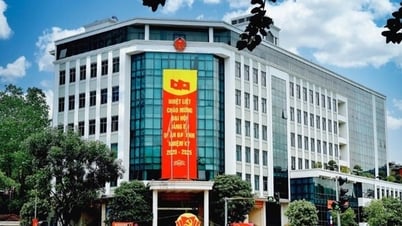

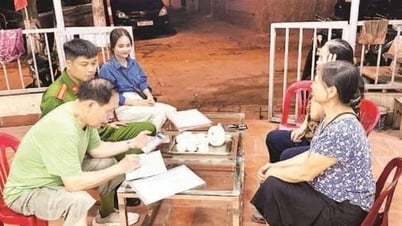
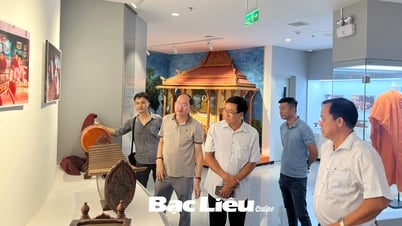
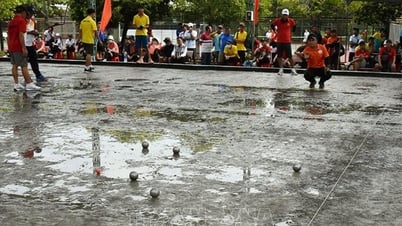

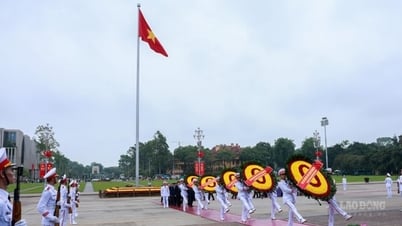





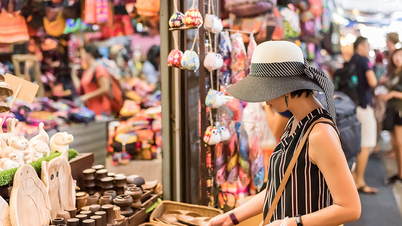
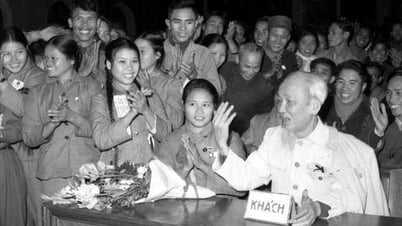


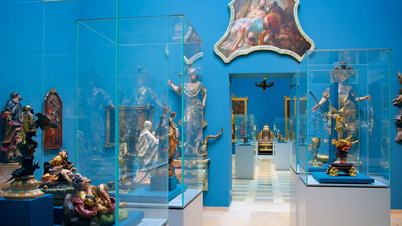
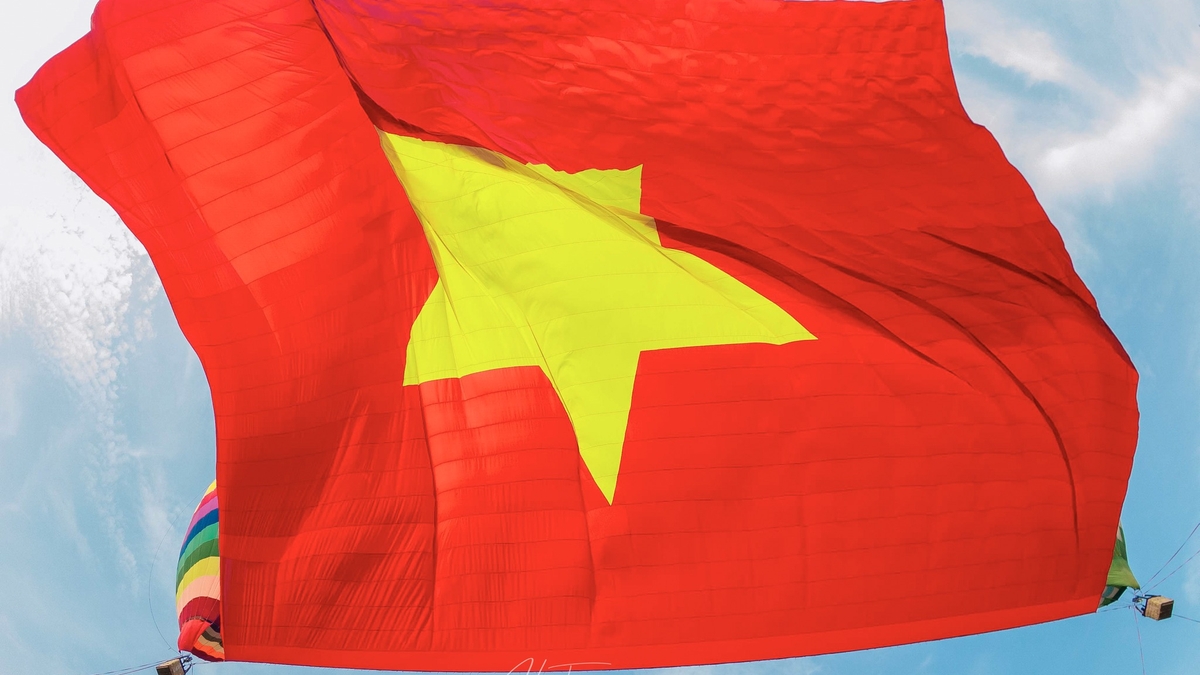







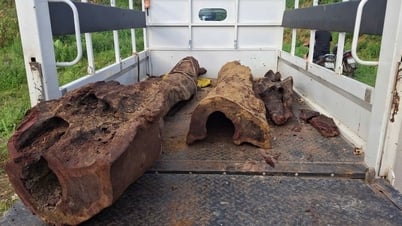

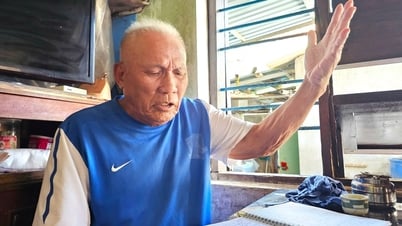

















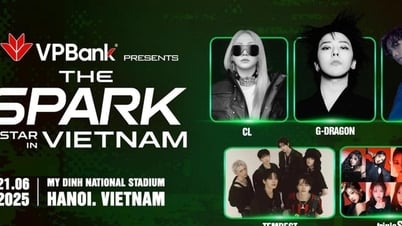









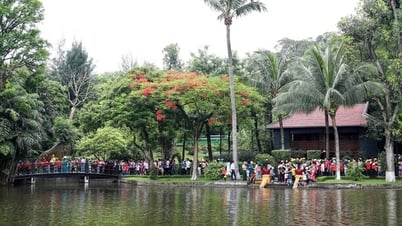

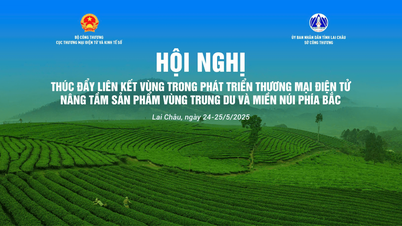
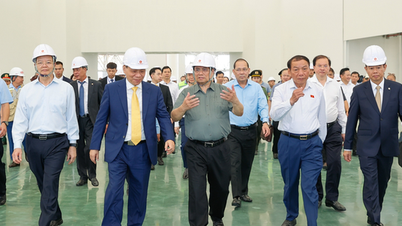
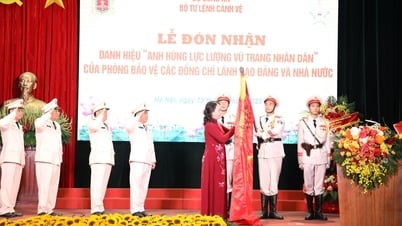




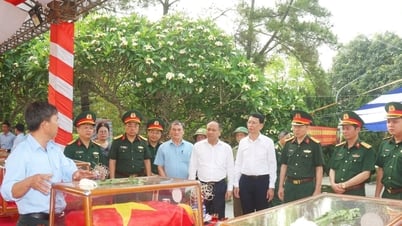

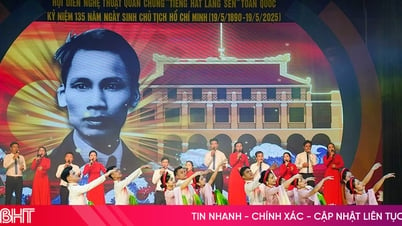

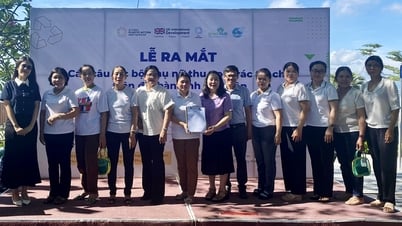

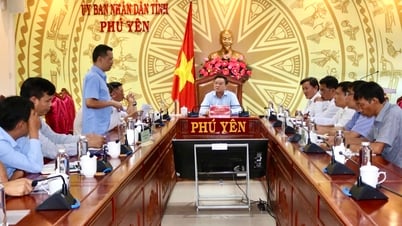


![[VIDEO] - Enhancing the value of Quang Nam OCOP products through trade connections](https://vphoto.vietnam.vn/thumb/402x226/vietnam/resource/IMAGE/2025/5/17/5be5b5fff1f14914986fad159097a677)





Comment (0)